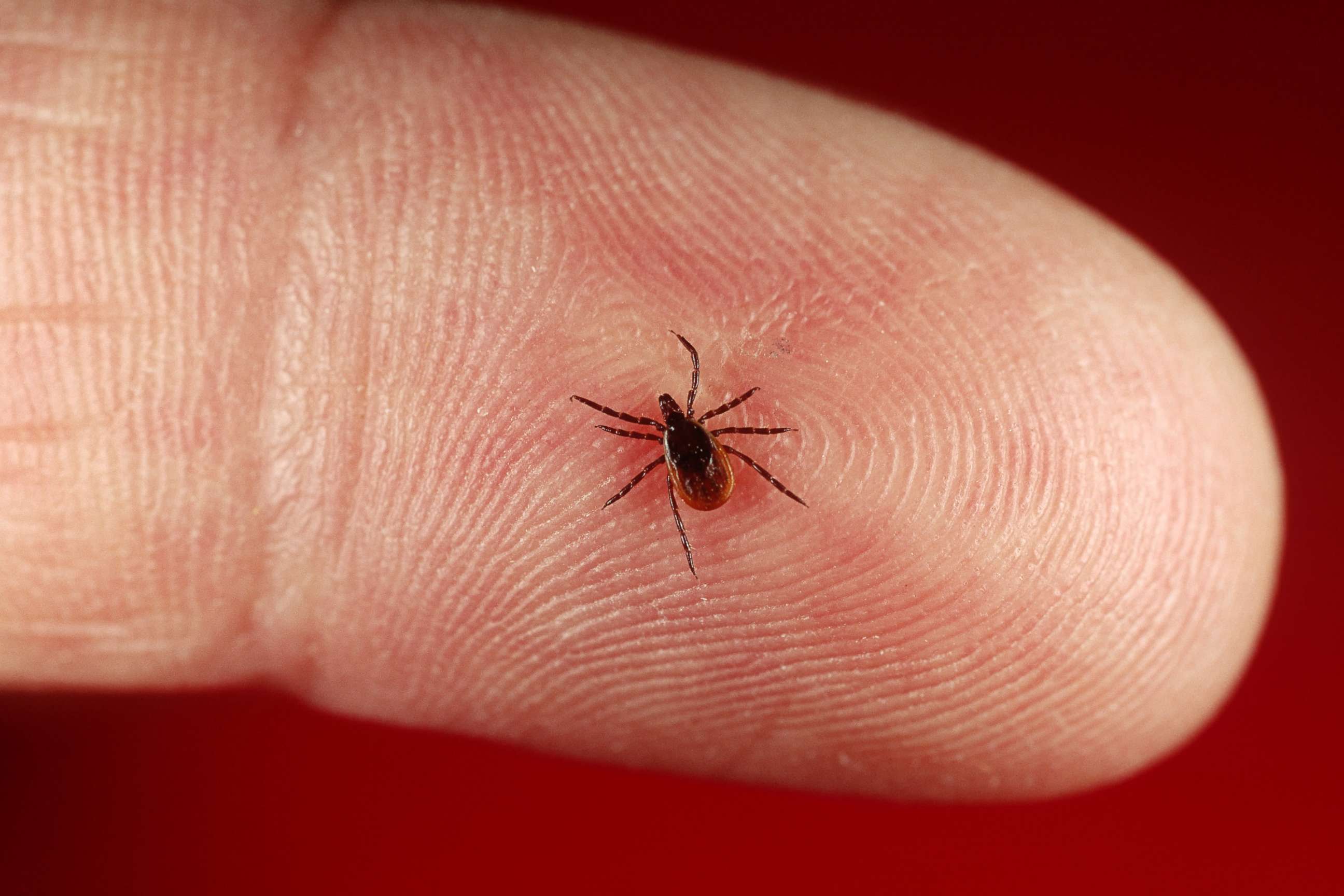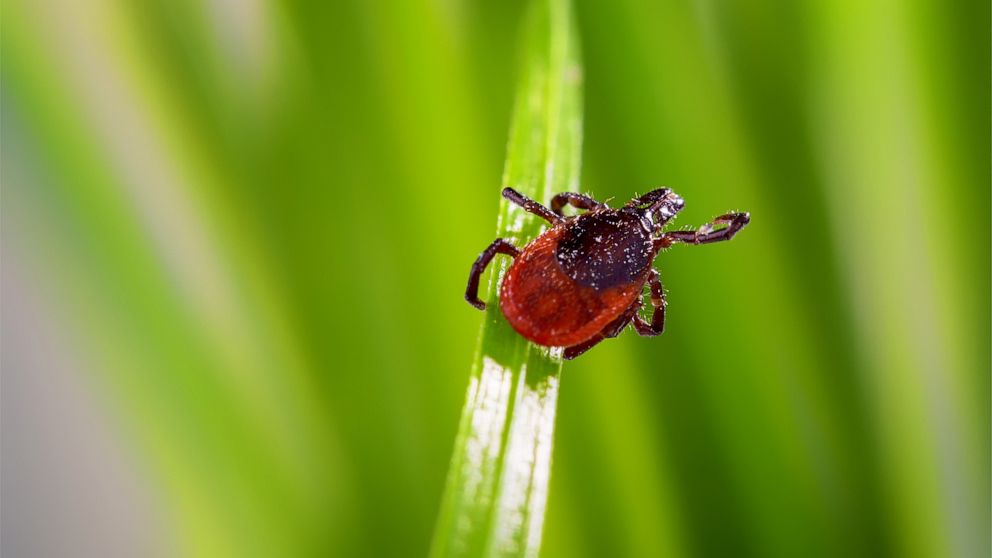I got bitten by a tick. What's my risk of getting sick?
This is a MedPage Today story.
While tickborne diseases have been on the rise across the U.S., outdoor enthusiasts can take comfort knowing that most common infections aren't transmitted quickly, researchers said.
For instance, Borrelia burgdorferi, the bacteria that cause Lyme disease -- which is "far and away the most common tickborne disease in the U.S." -- take more than 24 hours to be transmitted from the tick to the host, according to Dr. Jonathan Oliver, a public health entomologist at the University of Minnesota.
"If you do tick checks every day and make sure you remove any attached ticks, your risk of Lyme disease is very low, even if the tick was infected," Oliver told MedPage Today.
That's because Borrelia don't live in the salivary glands of the tick. Instead, they live in the mid-gut and "need to be activated by the tick taking a blood meal," he explained. Only then can they migrate to the salivary glands and be transmitted to the host, he said.
Infectious disease physician Dr. Del DeHart, of the University of Michigan Health-West, agreed that there's "no need to seek medical care after most tick bites, particularly if you see them and remove them."
"If you catch them early, then you really decrease the risk that they're going to transmit anything to you," DeHart said.
There are many types of ticks and they transmit "a greater diversity of pathogens than any other vector," Oliver noted, from bacteria and viruses to protozoans.
The ticks of greatest concern for disease transmission are those with broad host ranges, including the blacklegged tick (Ixodes scapularis), the lone star tick (Amblyomma americanum), and the American dog tick (Dermacentor variabilis).

The blacklegged tick -- also known as a deer tick -- transmits Borrelia burgdorferi, the bacteria Anaplasma phagocytophilum, which cause anaplasmosis, and the protozoan Babesia microti, which causes babesiosis, Oliver said.
It can also transmit Powassan virus, which is "pretty rare but can be very bad," he added. "It can cause encephalitis and meningitis and can be lethal."
The lone star tick can transmit the bacteria Ehrlichia, which cause ehrlichiosis, as well as Bourbon virus and Heartland virus, Oliver said. Both viral diseases are "extremely rare as far as we know, but they can cause encephalitis-type symptoms."
The American dog tick can transmit Rickettsia rickettsii, which cause Rocky Mountain spotted fever. "There are a variety of spotted fever diseases of varying severity, but Rocky Mountain spotted fever is the really bad one," he explained.
Luckily for humans, infection risk is not just a function of time the tick has been attached, but also by the proportion of the tick population that's infected with any given disease. Lyme is the most common disease, Oliver said, partly because a third to a half of adult blacklegged ticks carry Borrelia. About a quarter to a third of nymph blacklegged ticks will carry the bacteria, but they're smaller than adults so can be more difficult to spot.
Other diseases are far less common. Oliver estimated that less than 10% of lone star ticks will carry Ehrlichia species that cause ehrlichiosis, and less than 1% of American dog ticks will carry Rickettsia rickettsii.
Nonetheless, "if a tick attached long enough, it will eventually transmit whatever diseases it is carrying," he said.
That's why prevention is of utmost importance, DeHart said, noting that using tick repellent and wearing long pants -- and tucking them into your socks -- are two key ways to prevent tick bites when outdoors. In addition to tick checks after being outside, people should also check themselves periodically "so you can pick them off," he said.
"Make sure to check places you may not think of -- the groin area, between your butt cheeks," DeHart added. "Ticks love to go to warm places, so doing a really thorough tick check is important."
There's no need to call a doctor after most tick bites, DeHart said, particularly if you find them and remove them. If the tick is engorged or has been attached a long time, however, it's not a bad idea to have it identified for potential future reference.
Academic labs can do the identification, or some services can even do identification via images alone, he added.

"If it can be identified and it's a dog tick and you're not in an area where worries about that are significant, then you don't need to worry much about it. If you're in an area with Rocky Mountain spotted fever, then you would," DeHart said. "If it's not a blacklegged tick, you don't need to worry about Lyme disease. So it can be helpful if you get it identified."
People who've been bitten by a tick should seek medical attention if they develop a significant rash, or flu-like symptoms including a fever or a headache, he said, as those are common signs of infection with many of the tickborne diseases.
DeHart noted that CDC's reference manual for healthcare providers on tickborne diseases in the U.S. is particularly helpful for physicians, as it contains images for tick identification, geographic distribution of the most common tickborne diseases, and their most frequent symptoms.




